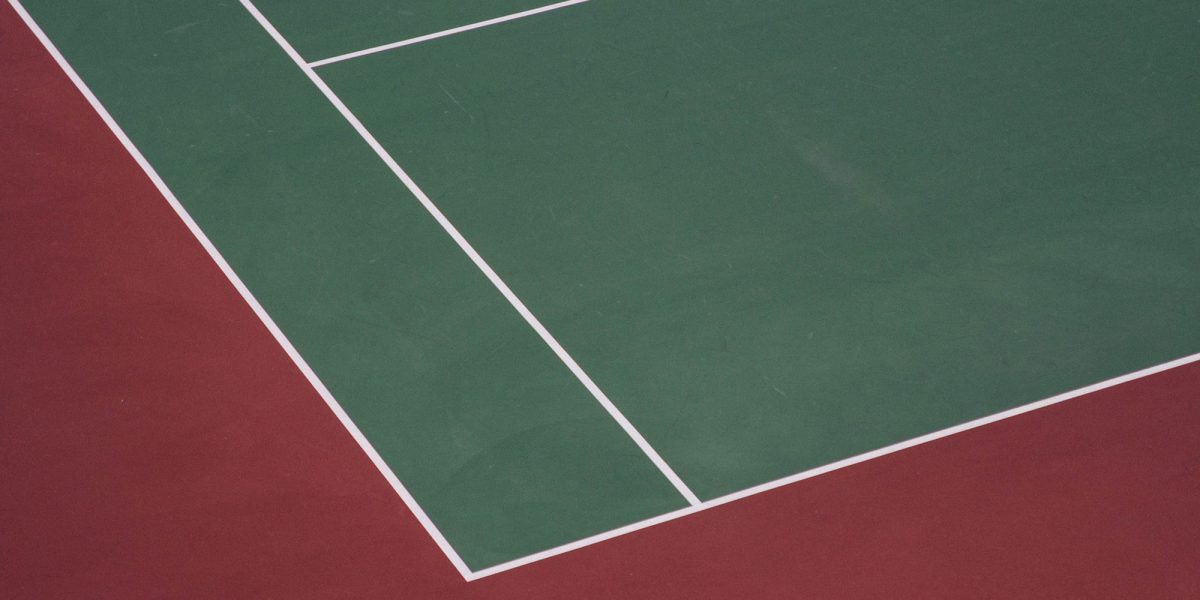
Posted on: March 6, 2018
Differences Between Resin Bound and Resin Bonded Tennis Court Surfaces
Both resin bonded and resin bound tennis court surfaces are designed to provide support, bounce, and resilience which is necessary to play the game properly.
While the terms sound quite similar, they are several important differences that means you will need to decide which is best for what you want. This is because the differences are not just the substance, but in the technique used to apply them to the surface of the court.
Resin Bonded Surfacing: Sometimes called the scatter method, this is where the resin is applied to the surface and the aggregates are added to the top. This allows the aggregates to bond with the base surface which creates a rough texture. The result is a surface that is resistant to water or water-impermeable and any loose aggregates that did not bond with the resin after it dries are swept away.
Resin Bound Surfacing: This is surfacing that mixes the aggregates with the resin itself, which is poured onto the base and spread around until it is smooth and even. Once set, the resin bound surface is quite smooth, but also resistant to slipping which means greater traction is achieved. However, unlike resin bonded, the surface is water-permeable.
A resin bound surface is more stable compared to its bonded counterpart, uses fewer aggregates and offers better UV resistance which means that the integrity holds up against the ultraviolet rays better compared to a resin bonded surface. However, despite the advantages, there are those who prefer the resin bonded surface for its rougher texture.
For a tennis court surface, resin bound offers several advantages, including draining away water fairly easily which makes it highly desirable. Of course, whether you choose a resin bound or resin bonded surface will depend on your needs and the company which lays down the surface material. Be sure to choose the right company for the job so you can get what you want at an affordable price.
How Tennis Court Resurfacing Works
A tennis court surface is designed to facilitate the play of tennis in the proper way. This means a surface that is specially made for the game of tennis and quite different than surfacing projects you find for roads, parking lots, outdoor plazas, and driveways.
For many decades, tennis has played on grass or clay surfaces. However, the maintenance of the tennis courts proved to be expensive which led to alternate materials, so the courts could be placed in public areas and on private properties. While concrete and asphalt proved to be strong and durable, the surfaces were not well suited for tennis. This is why new materials were developed that provided the proper traction, water drainage, and action or bounce while still being affordably and easy to maintain.
This is why hiring the right resurfacing company is so important. The surface of a tennis court needs to be properly maintained and resurfaced when signs of wear and tear first begin. You will have to decide between the two most popular types of resurfacing, resin bound and resin bonded.
